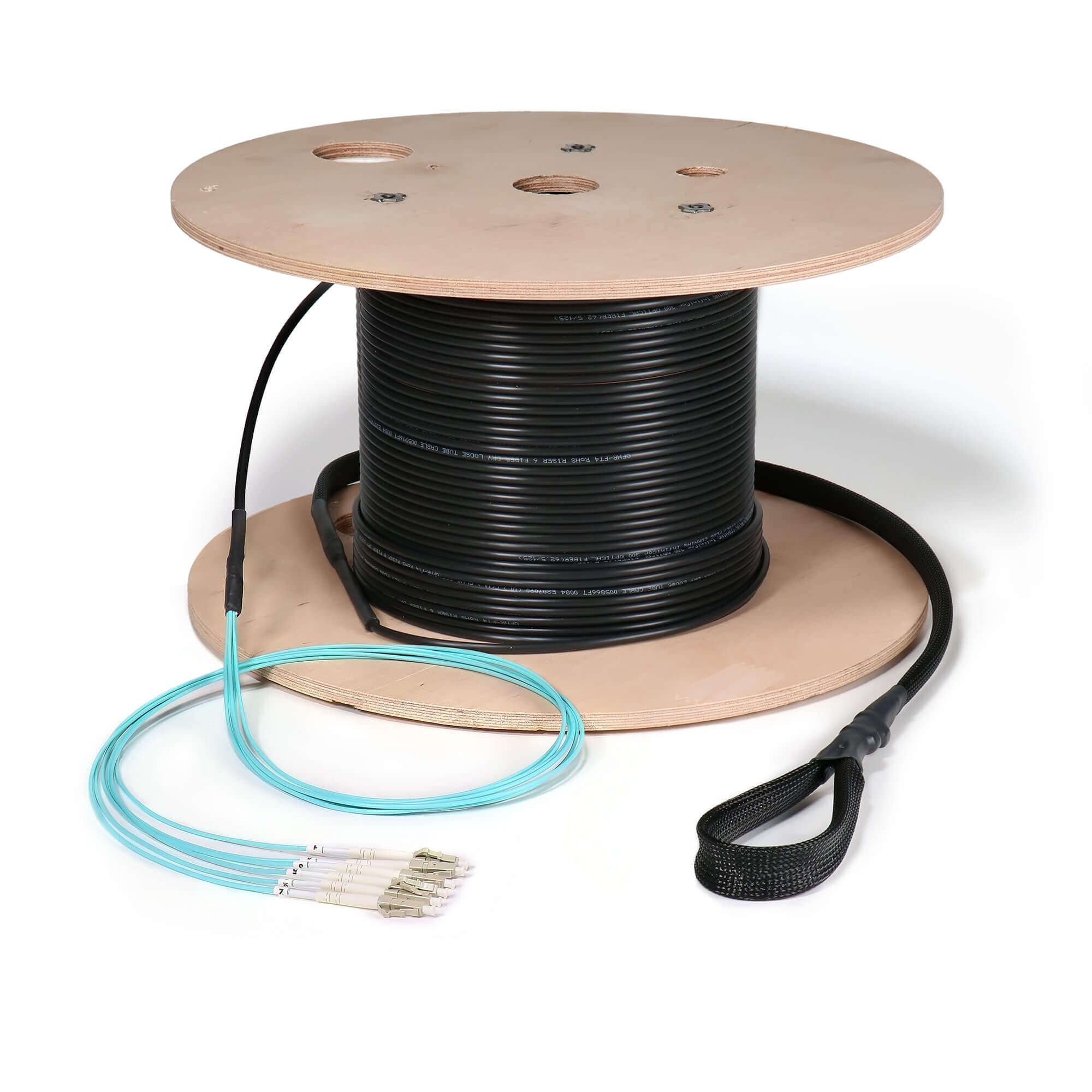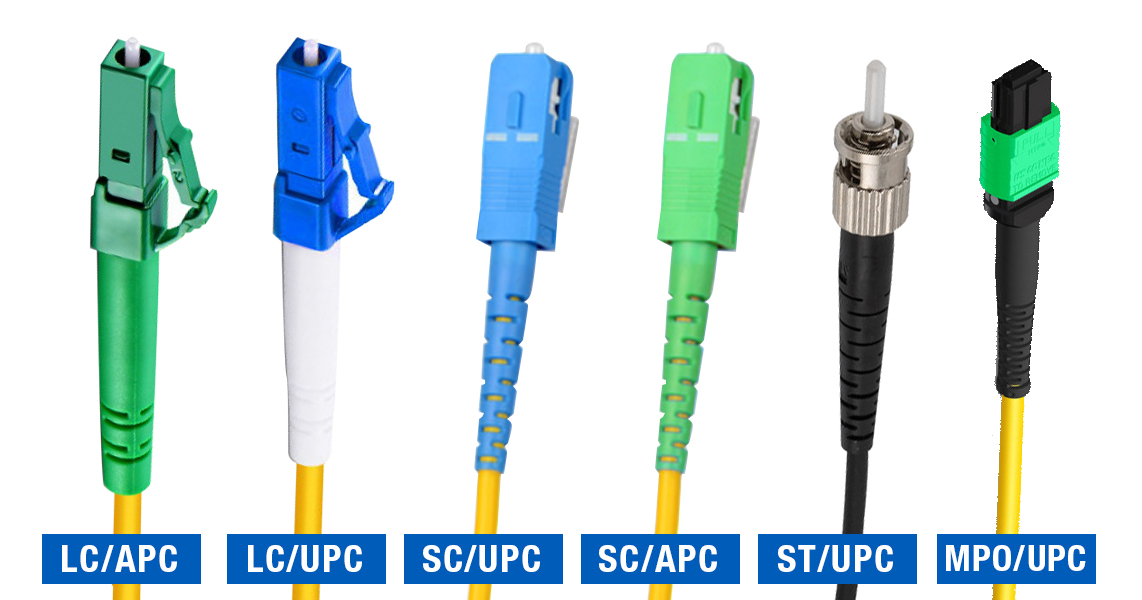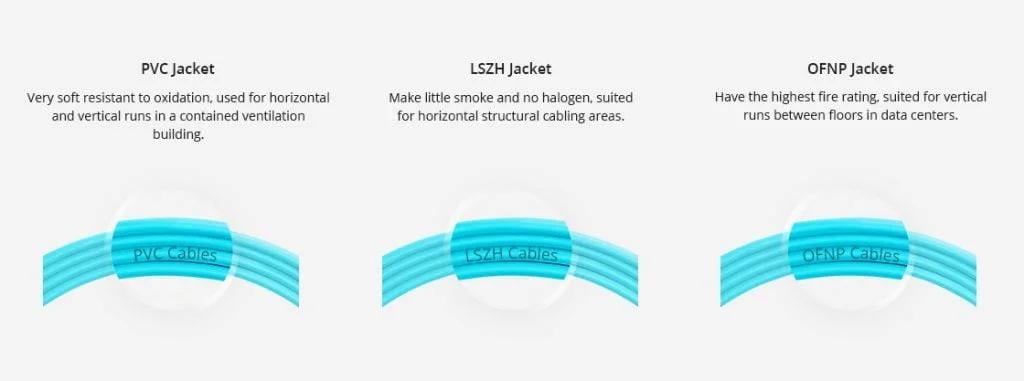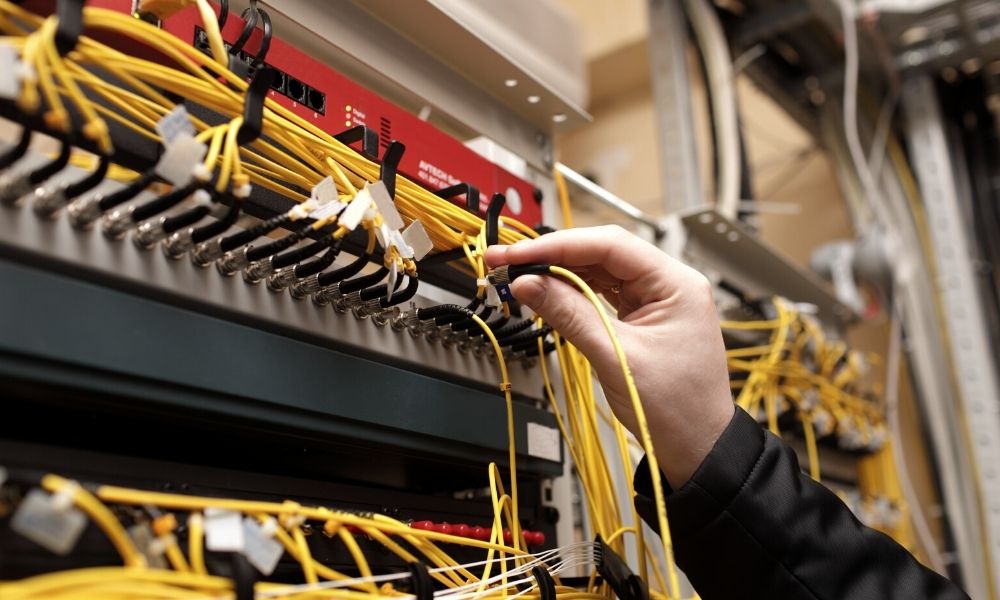In today's digital era, fiber optic cables have become the backbone of data transmission. With their advantages of high speed, stability, and long-distance transmission, fiber optic cables are widely used in the internet, communications, medical fields, and more. For many businesses and individual users, choosing the right premade fiber optic cable is crucial. So, how can you select the appropriate fiber optic cable from the many options available? Fiber-Mart will guide you through the various performance aspects of premade fiber optic cables, helping you find the best premade fiber optic cable solution that meets your needs and make an informed choice.

What is a Premade Fiber Optic Cable?
A Premade Fiber Optic Cable, also known as a preterminated fiber cable, is a fiber optic cable that has been pre-terminated with connectors and protective sheaths in a factory under strict manufacturing and testing processes. Users simply need to plug it into the corresponding equipment ports to achieve fast and stable data transmission. Compared to field-terminated fiber optic cables, premade fiber optic cables are not only easier to install but also offer more reliable performance.
Key Factors in Choosing a Premade Fiber Optic Cable
Fiber Type
Fiber optics are mainly divided into two categories: single-mode fiber and multimode fiber.

- Single-mode fiber: Single-mode fiber has a smaller core diameter, typically 8-10 microns, and light travels in a straight line with almost no reflection, allowing for longer transmission distances. It is suitable for distances exceeding several kilometers, commonly used in metropolitan area networks and long-haul trunks.
- Multimode fiber: Multimode fiber has a larger core diameter, usually 50 or 62.5 microns, allowing light to travel in multiple modes. It provides high bandwidth over short distances but has limited transmission range, suitable for distances within 500 meters, often used in data centers and local area networks.
Fiber Quantity
Choose the appropriate number of fibers based on actual needs. Generally, data centers or large enterprise network cabling require multiple fibers to ensure bandwidth and redundancy. For home users or small offices, a few fibers can meet the demand.
Connector Type
The type of fiber connector significantly impacts the choice of fiber optic cable. Common types include SC, LC, ST, and MPO connectors.

- SC connector: Square interface, easy to plug and unplug, widely used in data centers and network communications.
- LC connector: Small square interface, suitable for high-density cabling environments.
- ST connector: Round interface, suitable for local area networks and video surveillance systems.
- MPO connector: Multi-fiber connector, suitable for high-density cabling environments like data centers and high-bandwidth applications.
Cable Length
Selecting the appropriate cable length is crucial. Cables that are too short cannot connect devices properly, while cables that are too long increase costs and management difficulty. Therefore, measure the distance between devices accurately before purchasing, and consider an appropriate redundancy length to ensure easy installation.
Sheath Type
The type of sheath on a fiber optic cable significantly affects its performance and application environment. Common sheath types include PVC, LSZH, and armored fiber.

- PVC sheath: Low cost, suitable for general environments.
- LSZH sheath: Low smoke and halogen-free, suitable for environments with high environmental and safety requirements.
- Armored fiber: Offers compression and tensile resistance, suitable for complex and harsh environments.
Performance Standards
Different fiber optic cables have varying performance standards. Common standards include OM1, OM2, OM3, OM4, and OM5, each corresponding to different bandwidths and transmission distances.
- OM1 and OM2: Suitable for low bandwidth and short-distance transmission.
- OM3 and OM4: Suitable for high bandwidth and medium to long-distance transmission, commonly used in data centers.
- OM5: Suitable for ultra-high bandwidth and long-distance transmission, meeting future high-speed network demands.
Practical Considerations for Application
Installation Environment
The installation environment directly affects the choice of fiber optic cable. For example, outdoor cabling requires waterproof, dustproof, and UV-resistant fiber optic cables, while indoor cabling needs to consider fireproof and environmentally friendly requirements.
Budget for Premade Fiber Optic Cables
Budget is also an important factor in choosing fiber optic cables. On the premise of meeting basic needs, choosing cost-effective fiber optic cables can effectively control costs.
Reliable Suppliers and Brands
Choosing reputable suppliers and brands ensures the quality and after-sales service of fiber optic cables. Checking user reviews and test reports can help make a more informed choice.
Installation of Premade Fiber Optic Cables
The installation and maintenance of premade fiber optic cables are relatively simple but still require attention to some details. For example, avoid excessive bending and stretching during installation to prevent performance degradation. Additionally, regularly check and clean fiber connectors to extend the service life of the fiber optic cables.

Common Misconceptions and Solutions
Misconception 1: Focusing Only on Price
Many users focus only on price when choosing fiber optic cables, neglecting performance and quality. While price is an important factor, performance and quality are more critical. Choose cost-effective products rather than merely pursuing low prices.
Misconception 2: Ignoring Compatibility
Ignoring the compatibility of devices and connectors can lead to improper use. Before purchasing, ensure that the fiber optic cable is compatible with existing devices.
Misconception 3: Not Considering Future Expansion
Some users do not consider future expansion needs when choosing fiber optic cables, leading to the need for re-cabling during network upgrades. Choosing fiber optic cables with certain expansion capabilities can reduce future repetitive investments.
Summary: Steps to Choose the Best Premade Fiber Optic Cable
- Confirm the fiber type and choose single-mode or multimode fiber based on transmission distance and bandwidth requirements.
- Determine the required number of fibers to ensure network bandwidth and redundancy.
- Choose the appropriate connector type to ensure compatibility with devices.
- Select the appropriate sheath type and cable length based on the actual environment.
- Consider performance standards to meet current and future network demands.
- Comprehensive consideration of environmental conditions, budget, suppliers, brands, and installation factors.
Fiber optic cables are a key component of modern communication networks. Choosing the right fiber optic cable not only improves network performance but also reduces maintenance costs and failure rates. Choosing Fiber-Mart's premade fiber optic cables makes your network deployment easier and more efficient. Whether you need to complete installation in the shortest time or maintain high reliability in demanding environments, Fiber-Mart's pre-terminated fiber optic cables provide the best solutions. Visit our website now to order the pre-terminated fiber optic cables that suit you and experience the significant advantages of quick deployment and excellent performance!















No comments have been posted yet.